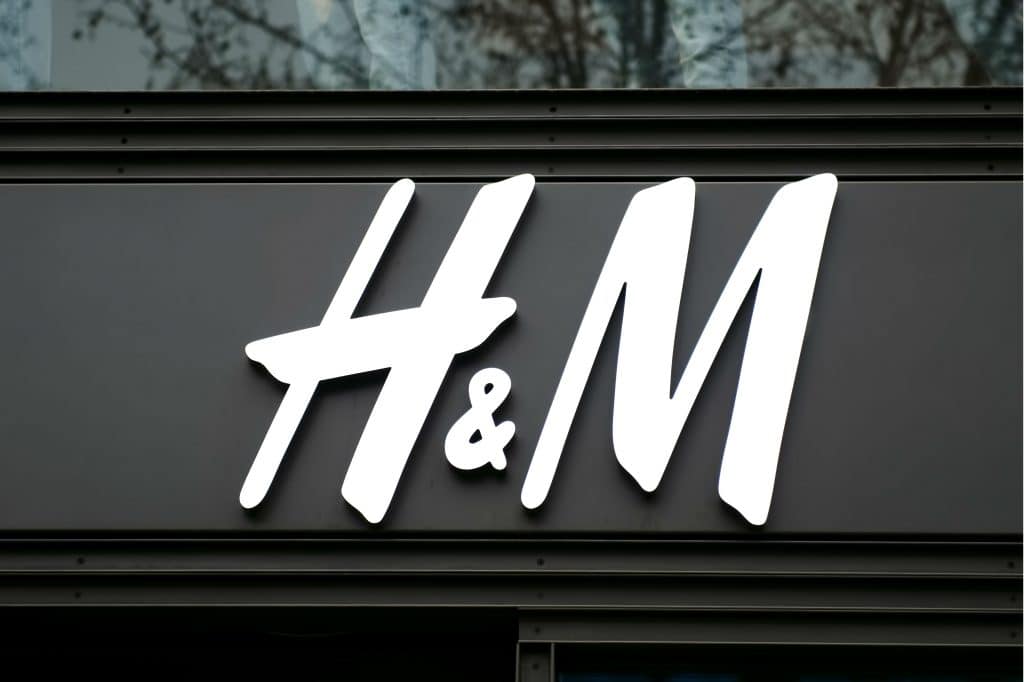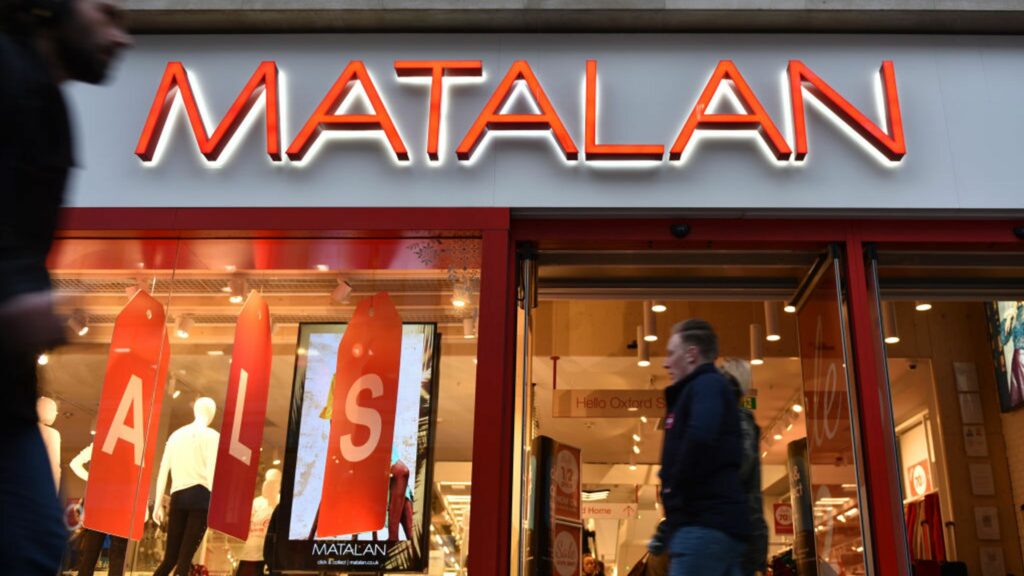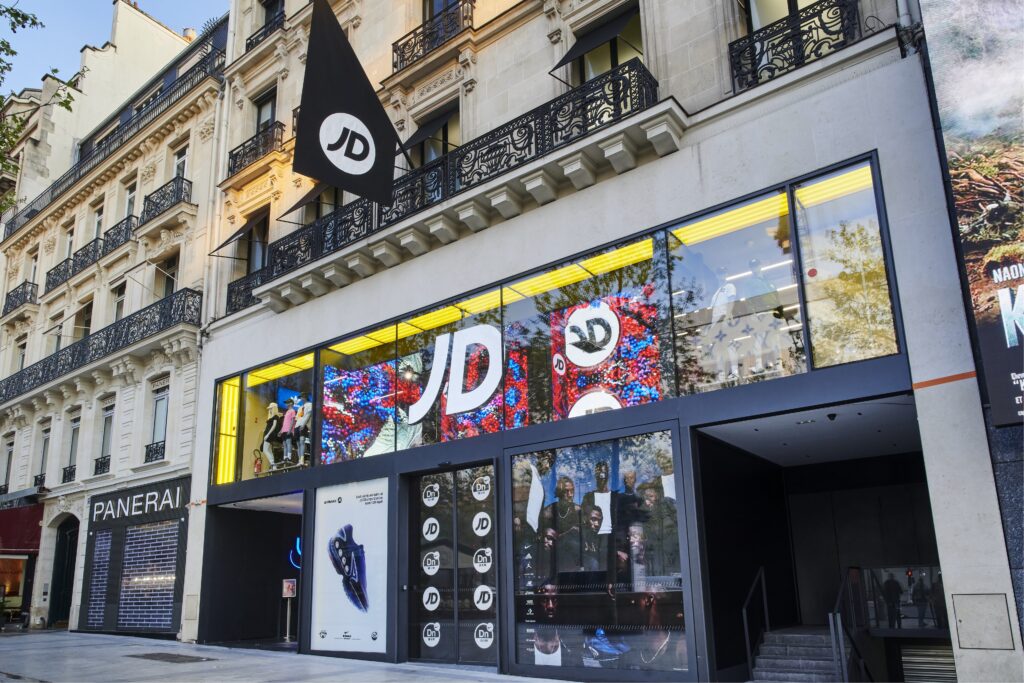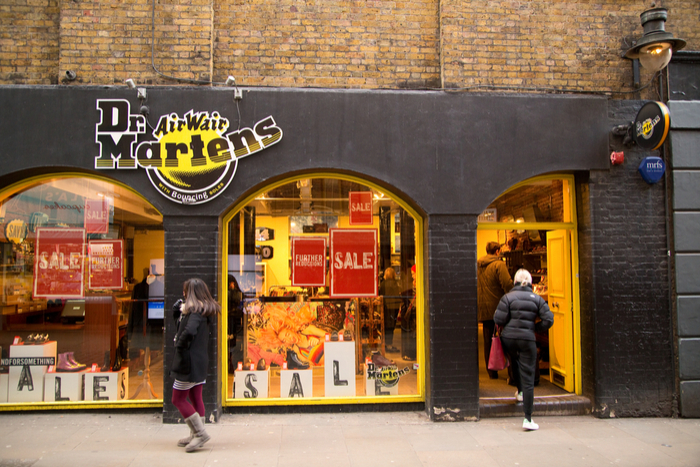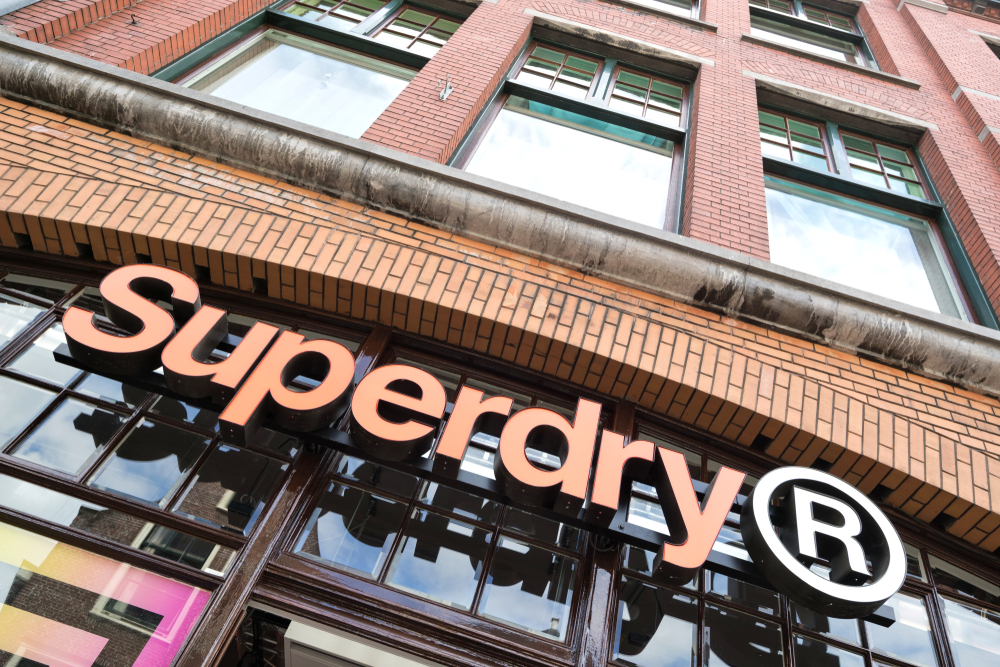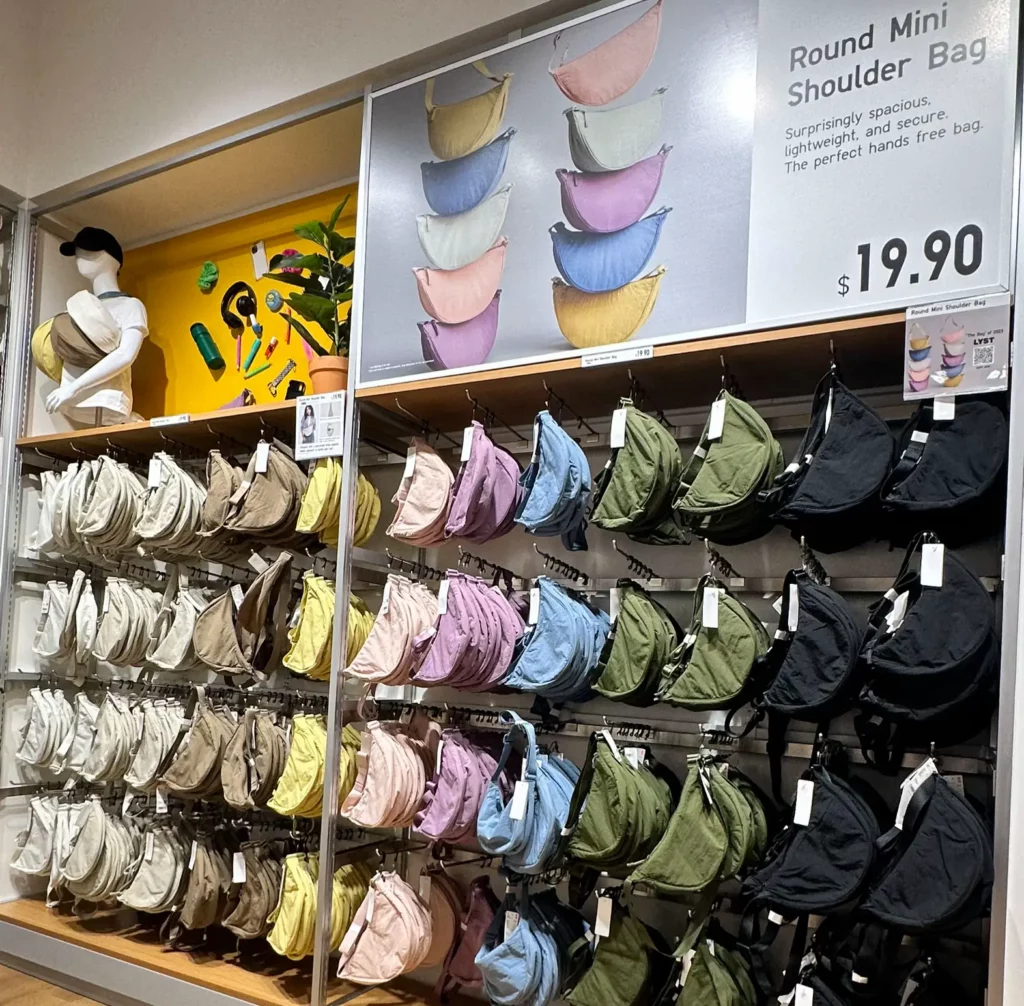H&M has been accused of burning tonnes of unsold items every year, flying in the face of its widely-publicised sustainability drive.
According to Danish TV programme Operation X, H&M has burned 60 tonnes of unsold clothing since 2013, totaling around 15 tonnes a year.
Journalists from the TV programme began investigating what the retailer did with clothing it didn’t sell, and were led to a Danish disposal company called Kara/Noveren where they reportedly saw over 1500kg of garments being delivered before being destroyed.
Else Skjold, a professor of sustainable design at the Kolding Design School in Denmark, told Operation X that the incineration was due to large-scale overproduction.
“It’s dramatic if we’re talking about fashion because the trends in fashion are temporary. If something is not in fashion, then it can’t be sold anymore,” he said.
H&M have denied the accusations, telling FashionUnited that they were “of course not true” and that the garments featured could not be sold to the public.
“The clothes featured in the program are stopped orders that have been sent to incineration because of mold or not complying with our strict chemical restrictions, which is according to our routines for stopped orders,” a spokesperson said.
“Circularity is at the core of our sustainability strategy and we work hard to ensure that we maximize the use and the value of our products in line with the principles of the circular economy and waste hierarchy.
“Incineration is, therefore, the very last option that we only allow under very special circumstances when re-use or recycling is not an option, such as when our products are contaminated by mold or not complying with our strict chemical restrictions.”
Despite this, Operation X took two garments from the incineration plant and had them independently tested, stating that they found no harmful levels of bacteria and normal deposits of bacteria.
In response, H&M published their test findings on the garments.
“The products media refers to have been tested in external laboratories. The test results show that one of the products is mold infested and the other product contains too high levels of lead,” the retailer told FashionUnited.
“According to the test we have, the test for lead performed by the Danish programme didn’t include the whole garment and not the part affected by too high levels of lead. The other test performed by the Danish program didn’t include tests for mold. This is the reason why our tests differ.
“We are puzzled why some media is suggesting that we would destroy other products than those required. There is absolutely no reason for us to do such a thing.”

